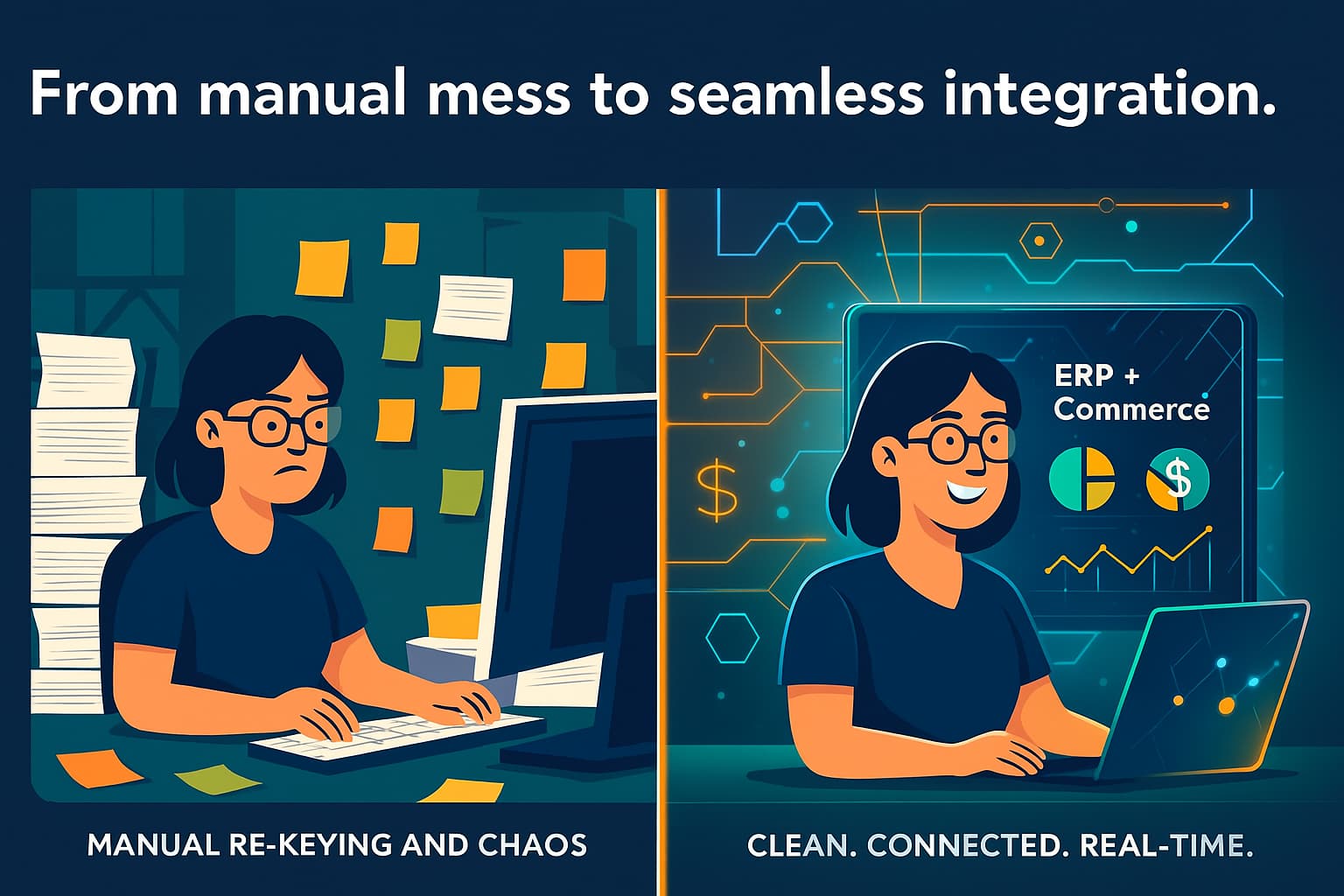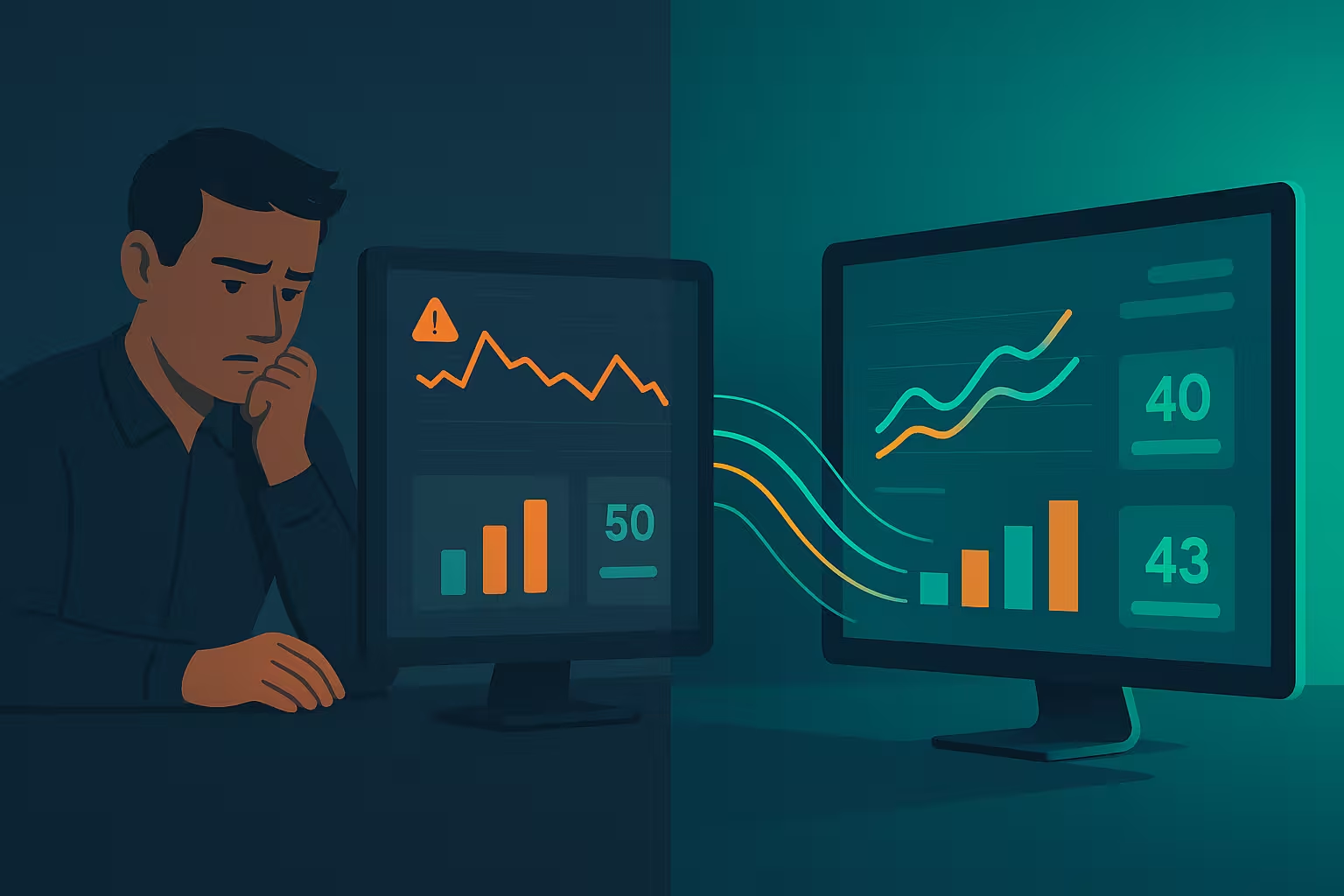
Should You Transform B2B To D2C Online Sales?
Consumer-facing manufacturers are getting rid of the middlemen and it's paying off. Big brands across the country are pivoting from a B2B/B2C model to a Direct-to-Consumer (D2C) model. What started as a trend has quickly transformed into a business standard. Research from Statista anticipates that D2C sales by established brands will amount to just over $138 billion in 2023, while D2C sales by digitally native brands (aka brands that were born and evolved online) will add up to nearly $45 billion in 2023. Moreover, 81 percent of consumers plan to shop from direct-to-consumer (D2C) companies over the next five years.
Why are businesses making the switch? D2C is a profitable, long-term strategy that yields more predictable revenue streams. It allows businesses to nurture customer relationships, grow their brand, and develop more appealing consumer products.
B2B companies are actively exploring how to start their D2C storefronts. Since brick-and-mortar shopping was severely impacted by the 2020 pandemic, D2C emerged as a clear pathway for boosting revenue.
What does it take to implement a successful D2C strategy? First, companies determine they have the resources to shift into the D2C space. The next step is creating a robust online marketing and promotion plan to ensure this new business direction does not interfere with other tried-and-true channels.

Making The Move To D2C: What's Your Formula?
The data looks promising for those pivoting to D2C. Statista predicts that D2C e-commerce will hit nearly $213 billion this 2023.
Nevertheless, there are still significant advantages to using wholesale distributors. Their distribution process is already a well-oiled machine with features like 2-day shipping. Name recognition is another advantage. If customers buy home supplies, they first consider going to a Home Depot or Lowe's since those brands have become household names.
The formula changes if a business is experiencing massive order volume. If a company can generate that much interest online, devoting its products to traditional wholesale channels (which produce lower margins) makes less sense.
One of Kensium's eCommerce directors recently worked with a paint manufacturing company. They sold via wholesale channels but experienced an unprecedented demand due to how much customers enjoyed the colors and quality of the paint.
They decided to bet on themselves and pulled all products from their traditional retail channels to sell solely on their website. As a result, they improved their revenue by 150% in just a couple of months. So how did they do it?
The Necessity Of Building A Brand For D2C
From research to purchase, prospects innately place more trust in direct-sales manufacturers, preferring them to resellers. A recent survey supports this, with 60 percent of respondents preferring to research a product directly on the company's website. Additionally, in the next five years, one-third of US consumers intend to allocate at least 40 percent of their shopping to D2C companies.

As we mentioned before, brand manufacturers can capitalize on this credibility because they already have name recognition with their end buyers. But when pivoting to D2C, you need to build this brand recognition yourself.
Our example paint manufacturing company understood this necessary step. They immediately committed time and resources to social media marketing and content creation. By owning their marketing channel, the whole endeavor became about the experience. The company began creating video tutorials, Facebook Live videos, and a paint subscription service called "Color of the Week."
The company now has an audience of over 300,000 people dedicated to its brand. Building this connection to their audience ensures that their brand becomes synonymous with good quality in their customers' minds. It also assists with sales growth.
D2C Expansion: Is It Channel Conflict Or Cooperation?
Before you pivot to D2C, one more critical issue to consider: What will impact your other channels? Ask yourself: Will you be competing with your distributors? Will you oversaturate the market between our efforts and our distributor partners?
However you approach D2C, make sure to work with your channel and sales partners directly for the best outcome.
Best practices include:
- Reduce intra-channel competition by limiting the number of distributors in each region.
- You can avoid price wars and maintain high margins for all channels by standardizing pricing and discounts.
- Be as transparent as possible with your channel partners to avoid any miscommunications.
Ready to make the move? Launching a D2C webstore in tandem with your B2B site means rethinking your business potential. It requires a lot of creativity, persistence, and motivation. The rewards associated with success are clear. Numerous B2B companies have already succeeded in D2C when they understood their market clearly, built a strong marketing plan and selected the right eCommerce platform.

Kensium can help you make this decision. We offer complete end-to-end solutions from the ERP back office to the front-facing eCommerce platform. Contact Kensium today.








.png)













































-small.jpeg)







